Overview of the production process of 'expensive' earthy perfumes in India
It is known that workers have to spend weeks or months to make a batch of pure rose water. This is also the factor that makes them special even though many modern perfumery production technologies are born.
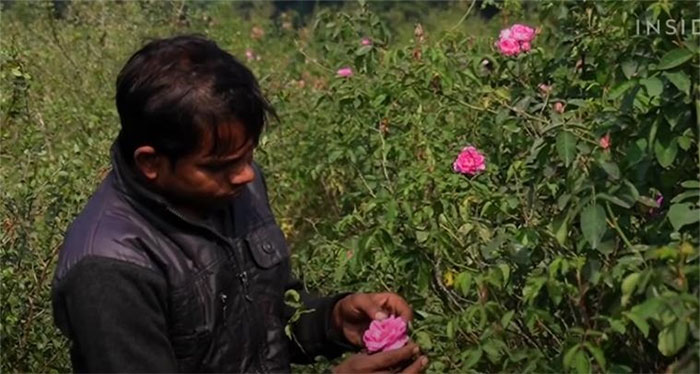
First, workers harvest roses from the garden and transport them to the distillery while the flowers are still fresh.
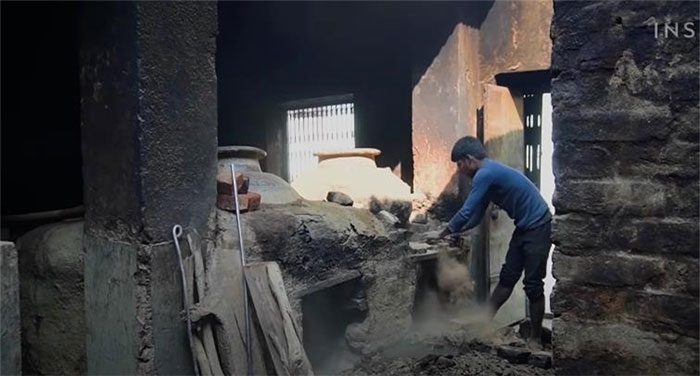
The distillery has existed for nearly 100 years
There is no electricity or any industrial machinery.
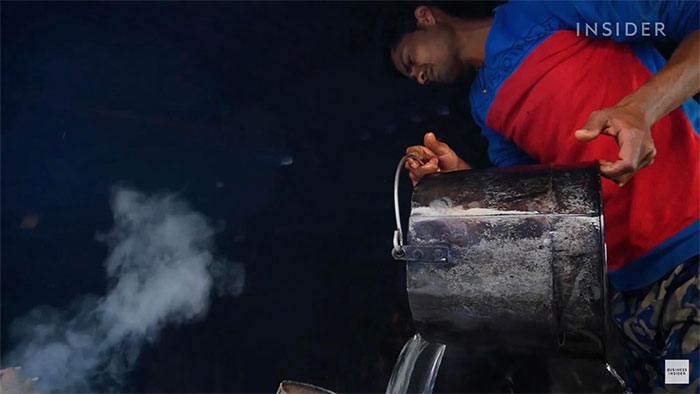
The workers had to prepare copper containers, filled with 80 liters of water.
As soon as the flowers are shipped, they will measure them according to the proportions and must ensure that the proportions are highly accurate.
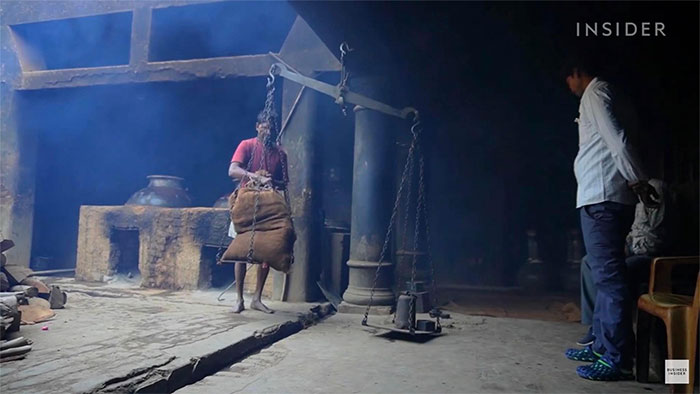
Then they poured water and flowers into the same bucket. As the water begins to seep into the petals, the craftsman uses a mixture of clay and cotton to seal the barrel's lid.
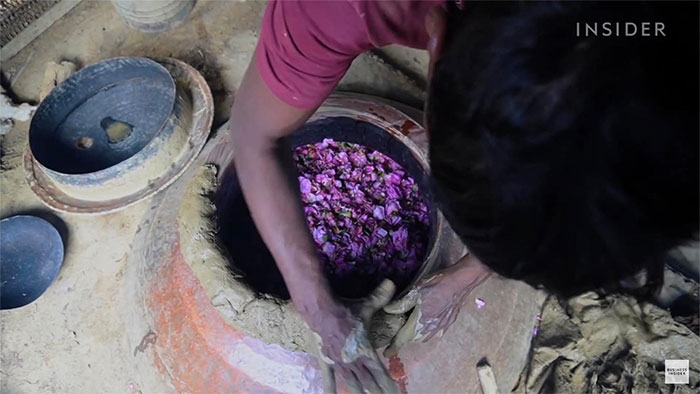
Next, they lit a fire in an earthen kiln.
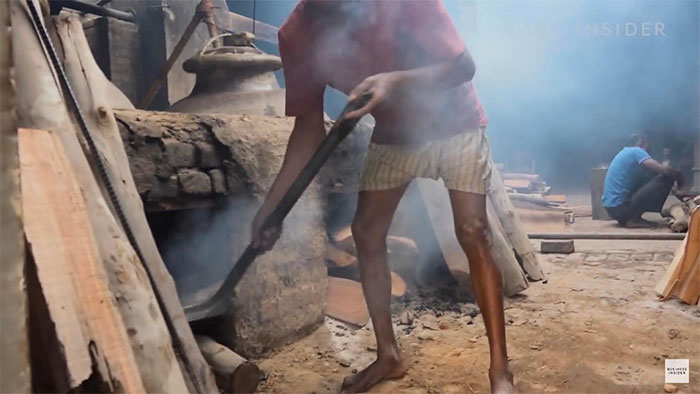
The mixture of water and flowers is boiled until they evaporate, and condenses as it passes through a hollow bamboo tube connected to a container containing sandalwood oil. This is also where the perfume drops gather after 6 hours.

Empty bamboo tube.
Meanwhile, workers continuously check the temperature in the bins with their own hands, not thermometers. They monitor the fires to make sure they are warm enough to produce steam, but not too hot because the high heat can destroy the scent.

In addition, they must also ensure that it is cool enough to turn the steam into a liquid form.
This job requires a lot of patience, time and effort. All stages must be carefully observed. According to Mr. Pranjal Kapoor (owner of ML Ramnarain perfumers), any negligence can leave negative results.

The result of this process are buckets of pure perfume, without alcohol or artificial chemicals, and keep the scent for many days.
Up to 15 types of aromatic oils are produced here, but the most famous one is mitti atar (earth fragrance). Mr. Pranjial Kapoor explains that this is a light, sweet scent of moist soil after it rains.
To create this scent, they use old clay tea cups or spice pots, grind them into small pieces and pour them in with rose petals and water.
They distilled many times until the scent reached the standard.


The final step is packaging. This step is also done entirely by hand.
This perfume starts at 10000 Rupees or 135 USD and that's just the price for two teaspoons of perfume.

- Ambergris plant
- Top 7 most expensive fabrics in the world, some made from diamond chips
- Change of life by picking up the waste of sperm whale worth USD 10,000
- Walk on the beach, picking up precious precious ambergris
- Video: iPhone production process
- Have eyes on impressive production processes
- Origin of perfume - Glamorous medicinal flavor
- The process of producing famous cigars in Cuba
- The most expensive process for freezing beef in the world
- The process of molding chocolate from cocoa
- They discovered new frogs in Asia
- Video: Stun with a full process 'hardship' to create a rubber band
 The most famous scientific failures in history
The most famous scientific failures in history Mysterious genius mechanic and the machine froze time
Mysterious genius mechanic and the machine froze time The son carries the 'bad gene' of genius Albert Einstein
The son carries the 'bad gene' of genius Albert Einstein Isaac Newton
Isaac Newton